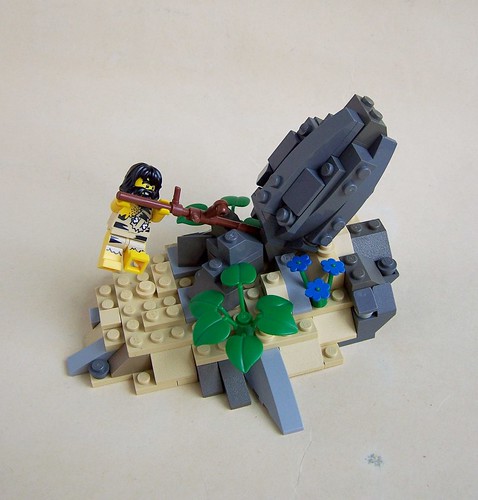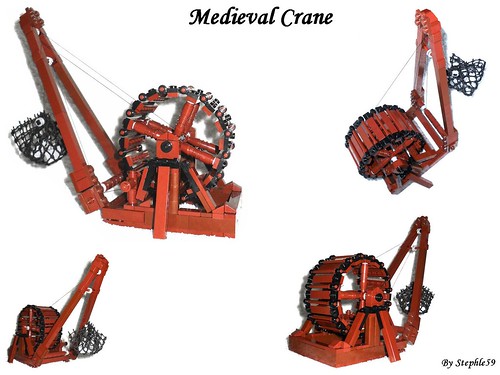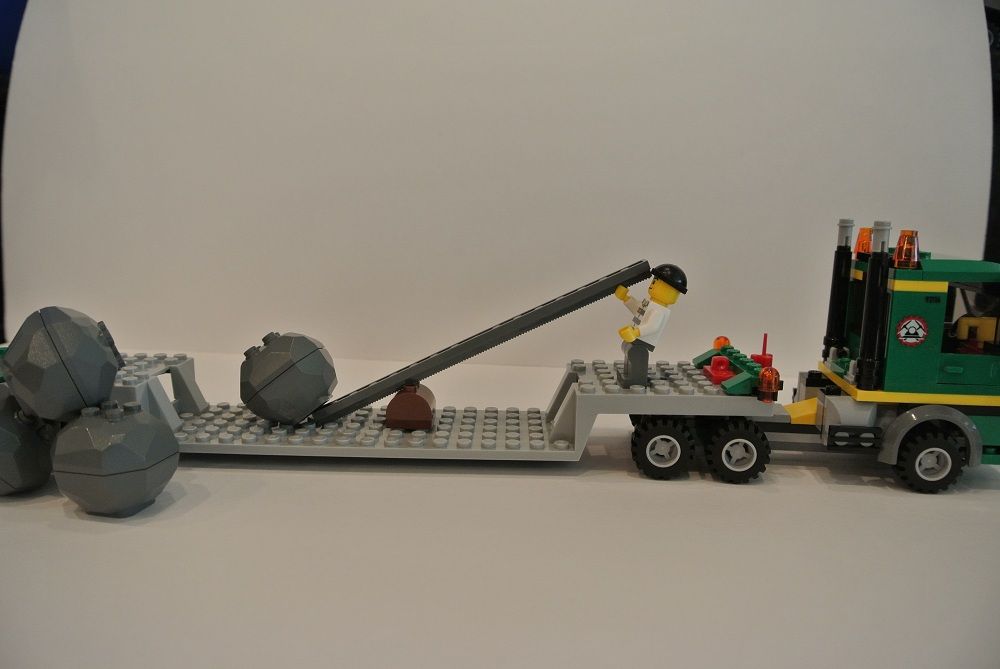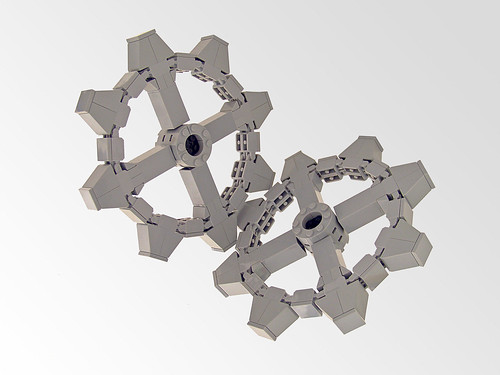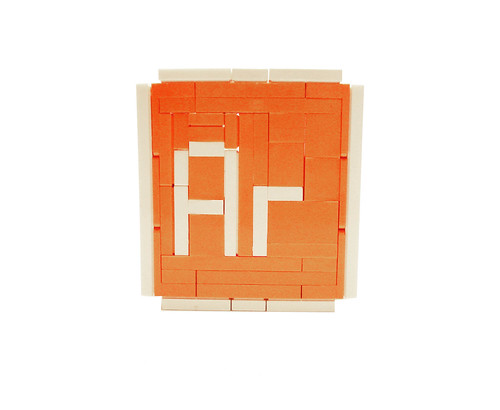
If you loop back and forth between two or more pulleys, you create a block and tackle (here by Louise Dade). This gives you a mechanical advantage. For instance, if there are two parallel stretches of rope, as in the model below, if you apply ten pounds of force in pulling the rope, twenty pounds of force will be exerted to lift the load. BTW, you never get something for nothing - you have to pull the rope twice as far to get double the force.

